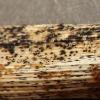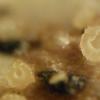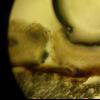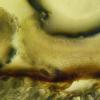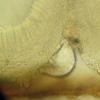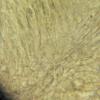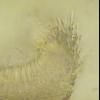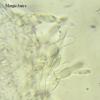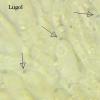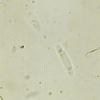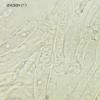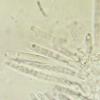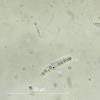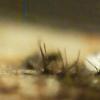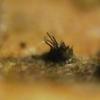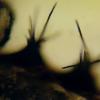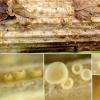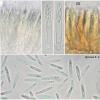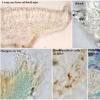
05-12-2021 17:32
 Andgelo Mombert
Andgelo Mombert
Bonsoir, Sur branche morte attenante de Corylus a

24-05-2022 15:01
 Michel Hairaud
Michel Hairaud
Dear all, Ascomycete.org organizes at Sampeyre (I

21-05-2022 17:43
Derek SchaferKerry Robinson found this Discomycete on Fraxinus

17-05-2022 15:28
Derek SchaferKerry Robinson found this stalkless brown discomyc

23-05-2022 15:32
 Riet van Oosten
Riet van Oosten
Hello, Found 22-05-2022 on fresh leaves of Typha

22-05-2022 12:57
 Andrés Valverde Valera
Andrés Valverde Valera
Bonjour,Je vous envoie des images de cet ascomycè

22-05-2022 11:39
me mandan el material seco de Galicia, recolecta
Hyalopeziza?
Mirek Gryc,
25-05-2022 10:53
Nice, small asco, growing on dead stems of Helianthus tuberosus. Slightly immature but I have already seen a few spores. I have already found a lot of Asco on this substrate but I do not remember it yet. I hope you help you determine the species. I keep them alive, so if necessary I can take more photos. Marginal hair with content but not reacting with both KOH and Lugol.
Greetings to everyone
Mirek
Lothar Krieglsteiner,
25-05-2022 11:13

Re : Hyalopeziza?
why not Olla?
Hans-Otto Baral,
25-05-2022 11:16

Re : Hyalopeziza?
This is the case of Psilachnum lanceolatoparaphysatum. The fungus is always associated with this black unidentified anamorph, as a parasite or as its own anamorph - we do not know.
A matter to be solved!
Ekanayaka et al. published the same discomycete as Lanceolata brunnea and found a relationship to Calloriaceae.
See my folder in Psilachnum.
Mirek Gryc,
25-05-2022 11:43
Re : Hyalopeziza?
Thank you for the hint and basically for solving the puzzle.
@ Lothar.
I wasn't sure if it's not Olla but I don't know such a species. Hyalopeziza in the title was a complete blind shot but nothing more reasonable I could come up with.
@ Lothar.
I wasn't sure if it's not Olla but I don't know such a species. Hyalopeziza in the title was a complete blind shot but nothing more reasonable I could come up with.
@ Zotto
I will review your catalog in the evening. Now I am at work and I am not logged in to Google on this computer (I don't remember the password).
However, I can see that this is this species: D
Ah, are you saying that the black ones are associated with this species?
Thank you very much
Mirek
Hans-Otto Baral,
25-05-2022 11:57

Re : Hyalopeziza?
Yes, and I am quite sure this anamorph has a name. Perhaps someone knows? It has blackish setae 60-300 x 7 µm and immersed pycnidia, but I am not sure if I ever saw conidia.
A blue reaction in IKI is obtained in the medulla.
Michel Hairaud,
25-05-2022 12:46

Re : Hyalopeziza?
Bonjour ,
I can remember a collection of P. lanceolatoparaphysatum on Heracleum and mostly on Chaerophyllum .
Looking at my pics, I realize that I didi not notice such an anamorph on the substrate. DId I actually overlook it ?
I attach plates showing macro and micro features , including the IKI reaction on excipulum cells
Another point is that contrary to other specis in genus Psilachnum, I could not observe here the usual Psilachnum guttule in the ascus base .
The surface cells are also remarquable in CRB...
AmitiésMichel
I can remember a collection of P. lanceolatoparaphysatum on Heracleum and mostly on Chaerophyllum .
Looking at my pics, I realize that I didi not notice such an anamorph on the substrate. DId I actually overlook it ?
I attach plates showing macro and micro features , including the IKI reaction on excipulum cells
Another point is that contrary to other specis in genus Psilachnum, I could not observe here the usual Psilachnum guttule in the ascus base .
The surface cells are also remarquable in CRB...
AmitiésMichel
Hans-Otto Baral,
25-05-2022 17:37

Re : Hyalopeziza?
Hi Michel,I actually see two small ascus guttules in one ascus. But no anamorph indeed! VBs staining in turquoise in CRB is normal.
